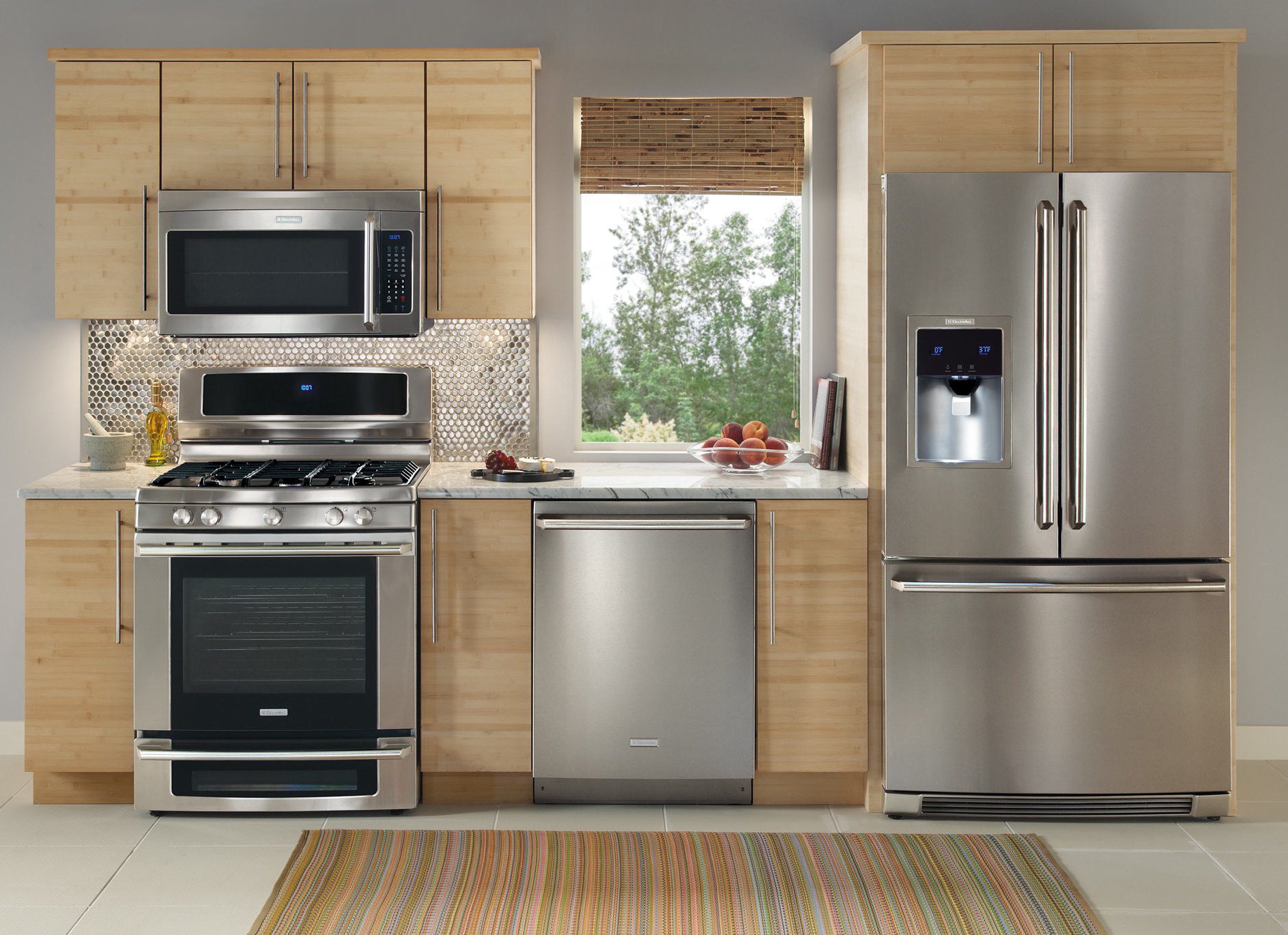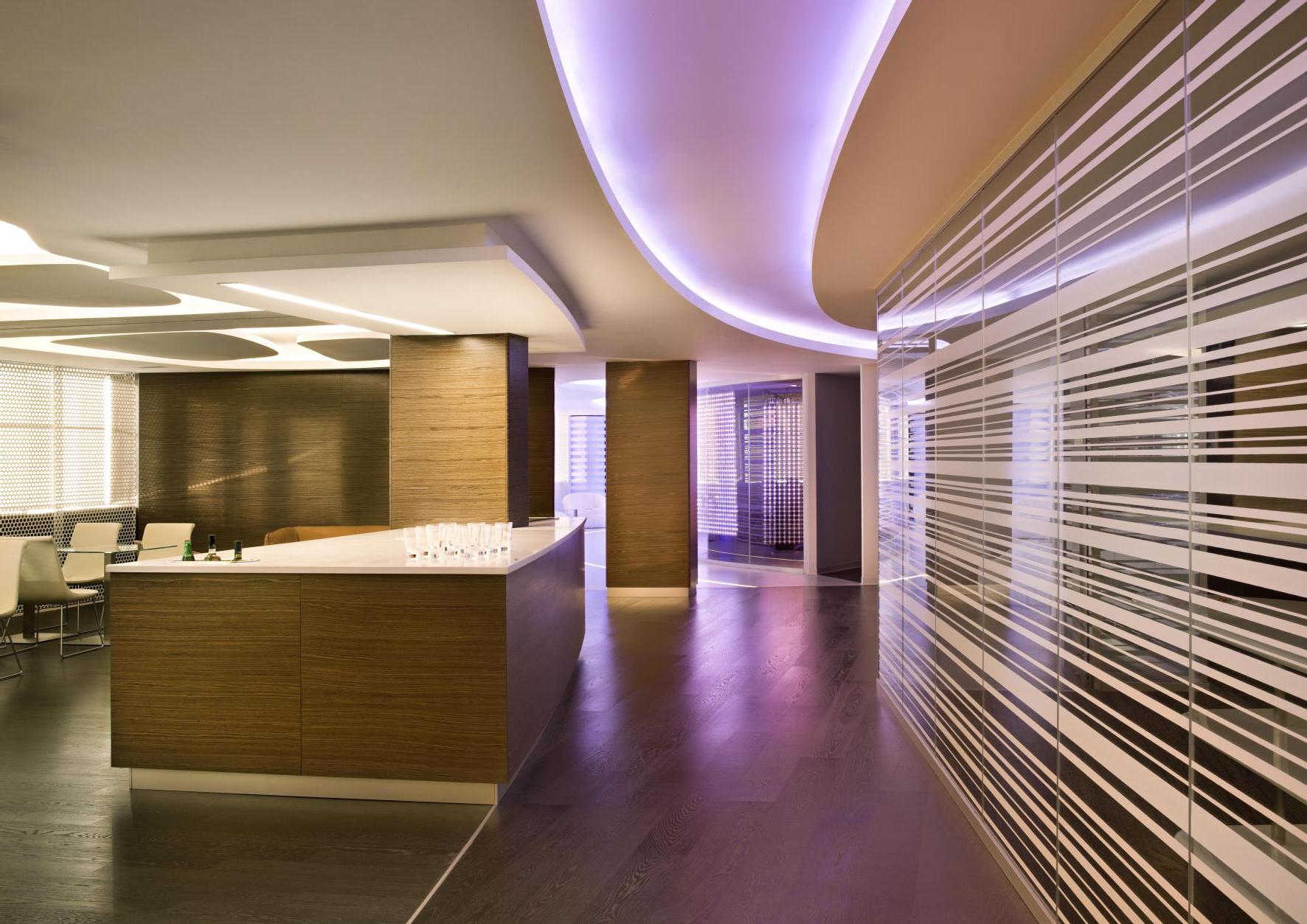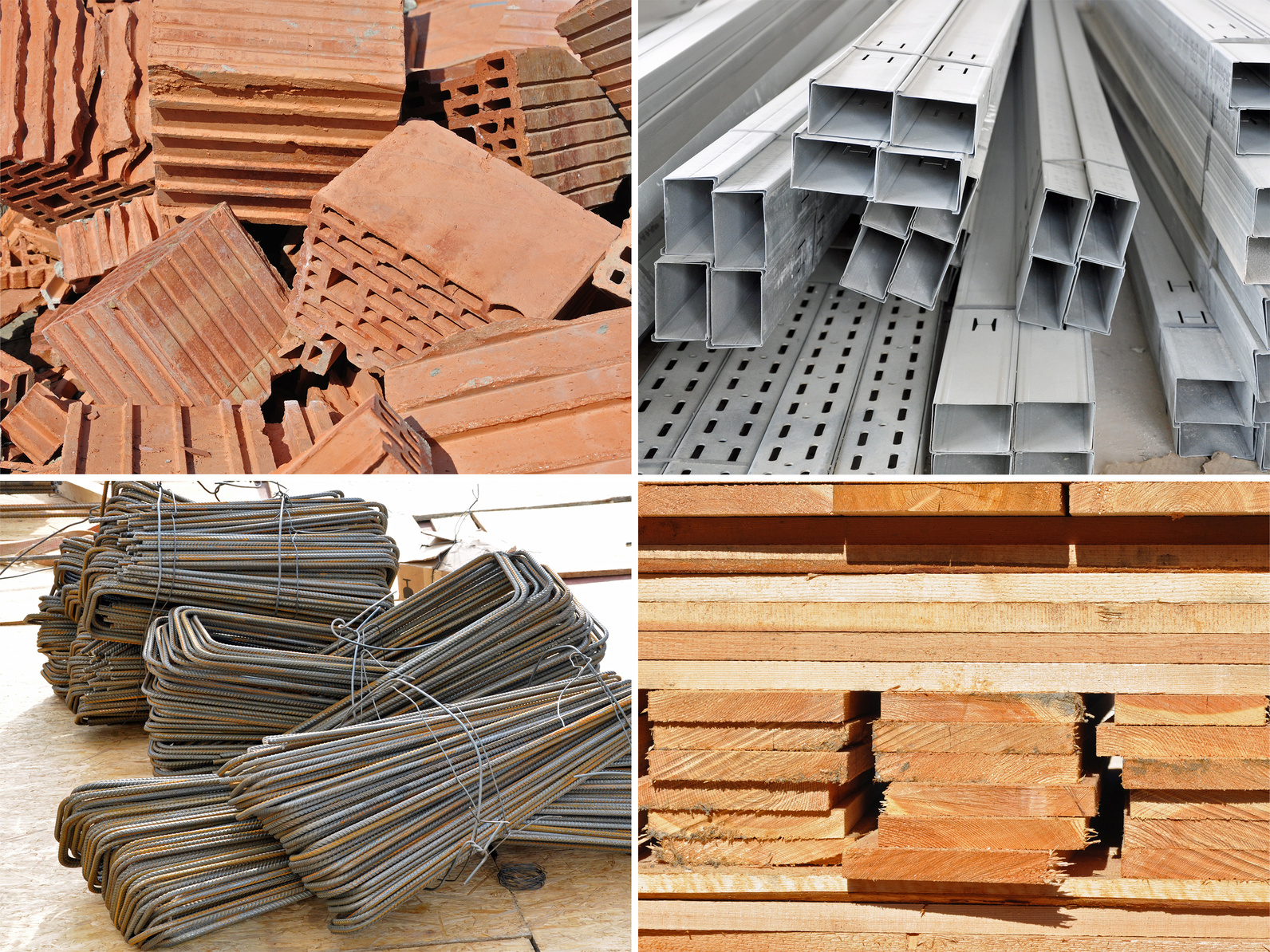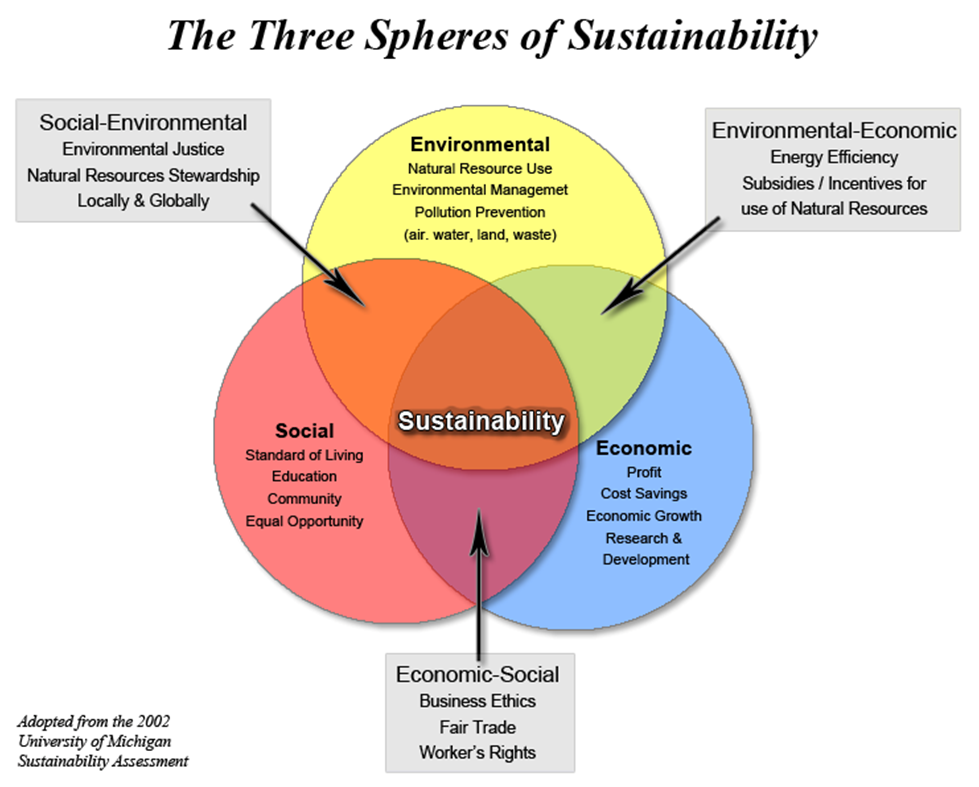Space
When it comes to kitchen design, space is one of the top factors to consider. The amount of space available will greatly influence the layout, functionality, and overall design of the kitchen. Whether you have a small or large kitchen, it is important to utilize the space effectively and efficiently.
For smaller kitchens, it is important to prioritize functionality and make the most of every inch of space. This can be achieved through clever storage solutions, such as incorporating pull-out cabinets and utilizing wall space for storage. On the other hand, larger kitchens can offer more flexibility in terms of layout and design, allowing for spacious work areas and additional features like islands or breakfast bars.
Maximizing space is essential for any kitchen design, as it can greatly impact the flow and functionality of the space.
Functionality
The functionality of a kitchen is a crucial factor to consider, as it directly affects how well the space can be used for its intended purpose. A well-designed kitchen should not only look visually appealing, but it should also be practical and efficient to work in.
When planning a kitchen, it is important to think about the functional zones – cooking, cleaning, and storage – and how they will work together. The layout should allow for easy movement between these zones, making it easier to prepare meals and clean up afterwards. The placement of appliances and work surfaces should also be carefully considered to optimize functionality.
Functionality is key to a successful kitchen design, ensuring that it meets the needs and demands of the users.
Budget
Another major factor that influences kitchen design is budget. The amount of money available will determine what features and materials can be included in the design. It is important to set a realistic budget and stick to it, as overspending can lead to financial strain and compromise the overall design.
When planning a kitchen, it is important to prioritize which elements are most important and allocate the budget accordingly. For example, if a high-end appliance is a must-have, then other areas may need to be scaled back to stay within budget.
Budgeting is a crucial aspect of kitchen design and can greatly impact the end result.
Style
Style is another major factor that influences kitchen design. The style of the kitchen should reflect the overall aesthetic of the home and the personal taste of the homeowner. There are various styles to choose from, such as modern, traditional, farmhouse, and more.
When choosing a style for a kitchen, it is important to consider the existing decor of the home and create a cohesive look. The color scheme and materials used should also be in line with the chosen style. For example, a modern kitchen may feature sleek cabinets and stainless steel appliances, while a farmhouse kitchen may have rustic wooden elements and a farmhouse sink.
Style is a key component of kitchen design, as it sets the overall tone and feel of the space.
Appliances
The appliances chosen for a kitchen can greatly impact the design and functionality of the space. It is important to choose appliances that not only fit within the budget but also meet the needs and preferences of the homeowner.
When selecting appliances, it is important to consider their size, style, and energy efficiency. For smaller kitchens, compact appliances may be more suitable, while larger kitchens may have room for larger and more luxurious appliances. The layout of the kitchen should also be taken into consideration to ensure that the appliances are easily accessible and do not disrupt the flow of the space.
Appliances are an essential part of any kitchen and should be carefully chosen to complement the overall design.
Storage
Storage is another important consideration in kitchen design, as it helps keep the space organized and clutter-free. The amount and type of storage needed will depend on the size of the kitchen and the needs of the homeowner.
There are various storage solutions available, such as cabinets, drawers, and shelves. It is important to choose storage options that not only fit within the budget but also provide enough space for all necessary kitchen items. Smart storage solutions, like pull-out shelves and organizers, can also help maximize space and improve functionality.
Storage is an essential factor in kitchen design and can greatly impact the efficiency and organization of the space.
Layout
The layout of a kitchen is a crucial factor to consider, as it determines how well the space flows and functions. The layout should be carefully planned to ensure that the different areas of the kitchen – cooking, cleaning, and storage – are easily accessible and work together seamlessly.
There are various layout options to choose from, such as the popular L-shaped, U-shaped, and galley layouts. The size and shape of the kitchen will play a role in determining the most suitable layout. It is important to also consider the placement of appliances and work surfaces when planning the layout.
Layout is a key element in kitchen design and can greatly impact the overall functionality and flow of the space.
Lighting
The lighting in a kitchen is an often overlooked but important factor in the overall design. Proper lighting can greatly enhance the look and feel of the space, as well as improve functionality.
The lighting should be carefully planned to provide both ambient and task lighting. This can be achieved through a combination of overhead lights, under-cabinet lights, and pendant lights. It is important to also consider natural light sources, such as windows, when planning the lighting.
Lighting is an important aspect of kitchen design and can greatly impact the mood and functionality of the space.
Materials
The materials used in a kitchen design can greatly impact the overall look and feel of the space. From cabinets and countertops to flooring and backsplashes, there are various options available to suit different styles and budgets.
When choosing materials, it is important to consider their durability and maintenance requirements. For example, natural stone countertops may be more expensive but may require less maintenance compared to laminate countertops. It is also important to ensure that the materials used are cohesive and complement each other in terms of style and color.
Materials play a crucial role in kitchen design and can greatly impact the aesthetic and functionality of the space.
Sustainability
With a growing focus on sustainability, it is no surprise that it has become a major factor in kitchen design. Many homeowners are now looking for ways to make their kitchens more environmentally friendly, from the materials used to the appliances chosen.
There are various ways to incorporate sustainability into a kitchen design, such as using energy-efficient appliances, choosing sustainable materials, and implementing green practices like composting and recycling. Not only is this better for the environment, but it can also save money on utility bills in the long run.
Sustainability is an important consideration in modern kitchen design, and incorporating eco-friendly elements can greatly enhance the overall design and functionality of the space.
Factors Influencing Kitchen Design

Importance of Kitchen Design
 The kitchen is often considered the heart of a home, where families gather to cook, eat, and spend quality time together. As one of the most frequently used rooms in a house, the design of a kitchen is crucial in creating a functional, efficient, and aesthetically pleasing space. A well-designed kitchen can not only enhance the overall look and feel of a house, but it can also increase its value. Therefore, when designing a kitchen, it is essential to consider various factors that can influence its layout, style, and functionality.
The kitchen is often considered the heart of a home, where families gather to cook, eat, and spend quality time together. As one of the most frequently used rooms in a house, the design of a kitchen is crucial in creating a functional, efficient, and aesthetically pleasing space. A well-designed kitchen can not only enhance the overall look and feel of a house, but it can also increase its value. Therefore, when designing a kitchen, it is essential to consider various factors that can influence its layout, style, and functionality.
Layout and Space
 The layout and space of a kitchen are significant factors that can greatly influence its design. The size and shape of the kitchen will determine the placement of appliances, cabinets, and workspaces. A small kitchen may require more creative solutions to maximize storage and counter space, while a larger kitchen can accommodate a more open layout with a central island. The flow of the kitchen should also be considered, with the optimal distance between the sink, stove, and refrigerator to create a functional and efficient workspace.
The layout and space of a kitchen are significant factors that can greatly influence its design. The size and shape of the kitchen will determine the placement of appliances, cabinets, and workspaces. A small kitchen may require more creative solutions to maximize storage and counter space, while a larger kitchen can accommodate a more open layout with a central island. The flow of the kitchen should also be considered, with the optimal distance between the sink, stove, and refrigerator to create a functional and efficient workspace.
Style and Aesthetics
 The style and aesthetics of a kitchen are also crucial in its design. The design should reflect the homeowner's personal taste and complement the overall style of the house. Some popular kitchen styles include modern, traditional, farmhouse, and minimalist. The choice of materials, colors, and finishes can greatly impact the overall look and feel of the kitchen. Additionally, incorporating elements such as lighting, backsplash, and hardware can add personality and style to the space.
The style and aesthetics of a kitchen are also crucial in its design. The design should reflect the homeowner's personal taste and complement the overall style of the house. Some popular kitchen styles include modern, traditional, farmhouse, and minimalist. The choice of materials, colors, and finishes can greatly impact the overall look and feel of the kitchen. Additionally, incorporating elements such as lighting, backsplash, and hardware can add personality and style to the space.
Functionality and Storage
 A well-designed kitchen should also prioritize functionality and storage. The placement of appliances, cabinets, and countertops should make cooking and meal preparation more efficient and convenient. The storage solutions should also be carefully considered, with a balance between accessibility and aesthetics. Built-in cabinets, pantry storage, and organizational systems can help maximize space and keep the kitchen clutter-free.
A well-designed kitchen should also prioritize functionality and storage. The placement of appliances, cabinets, and countertops should make cooking and meal preparation more efficient and convenient. The storage solutions should also be carefully considered, with a balance between accessibility and aesthetics. Built-in cabinets, pantry storage, and organizational systems can help maximize space and keep the kitchen clutter-free.
Budget and Maintenance
 Lastly, the budget and maintenance of a kitchen should also be taken into consideration when designing the space. The cost of materials and appliances can greatly impact the overall budget, so it is essential to prioritize and plan accordingly. Additionally, choosing durable and easy-to-maintain materials can save time and money in the long run. Regular maintenance and proper care of appliances and surfaces can also help extend their lifespan and keep the kitchen looking its best.
In conclusion, the design of a kitchen is a complex process that involves considering various factors such as layout, style, functionality, budget, and maintenance. By carefully planning and incorporating these factors, a well-designed kitchen can enhance the overall look and feel of a house and provide a functional and inviting space for families to gather and create lasting memories.
Lastly, the budget and maintenance of a kitchen should also be taken into consideration when designing the space. The cost of materials and appliances can greatly impact the overall budget, so it is essential to prioritize and plan accordingly. Additionally, choosing durable and easy-to-maintain materials can save time and money in the long run. Regular maintenance and proper care of appliances and surfaces can also help extend their lifespan and keep the kitchen looking its best.
In conclusion, the design of a kitchen is a complex process that involves considering various factors such as layout, style, functionality, budget, and maintenance. By carefully planning and incorporating these factors, a well-designed kitchen can enhance the overall look and feel of a house and provide a functional and inviting space for families to gather and create lasting memories.















/182786404-56a9f6725f9b58b7d00038e0.jpg)













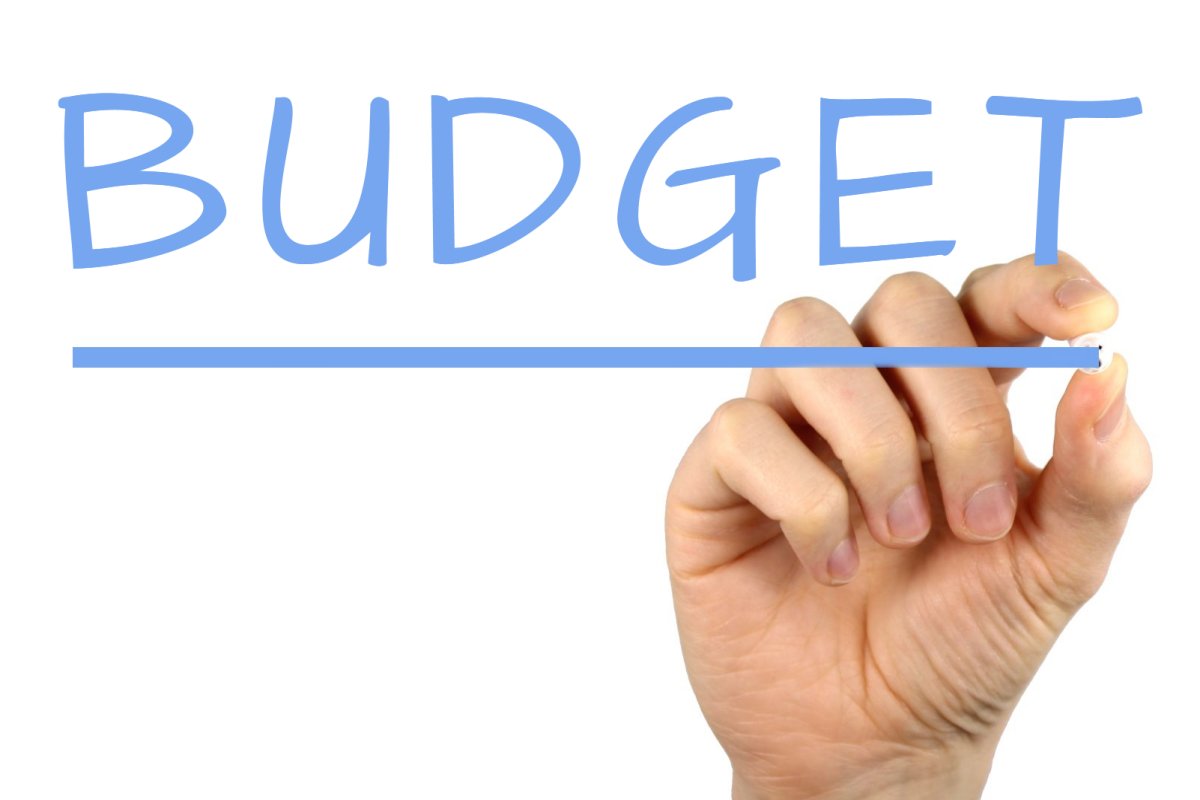





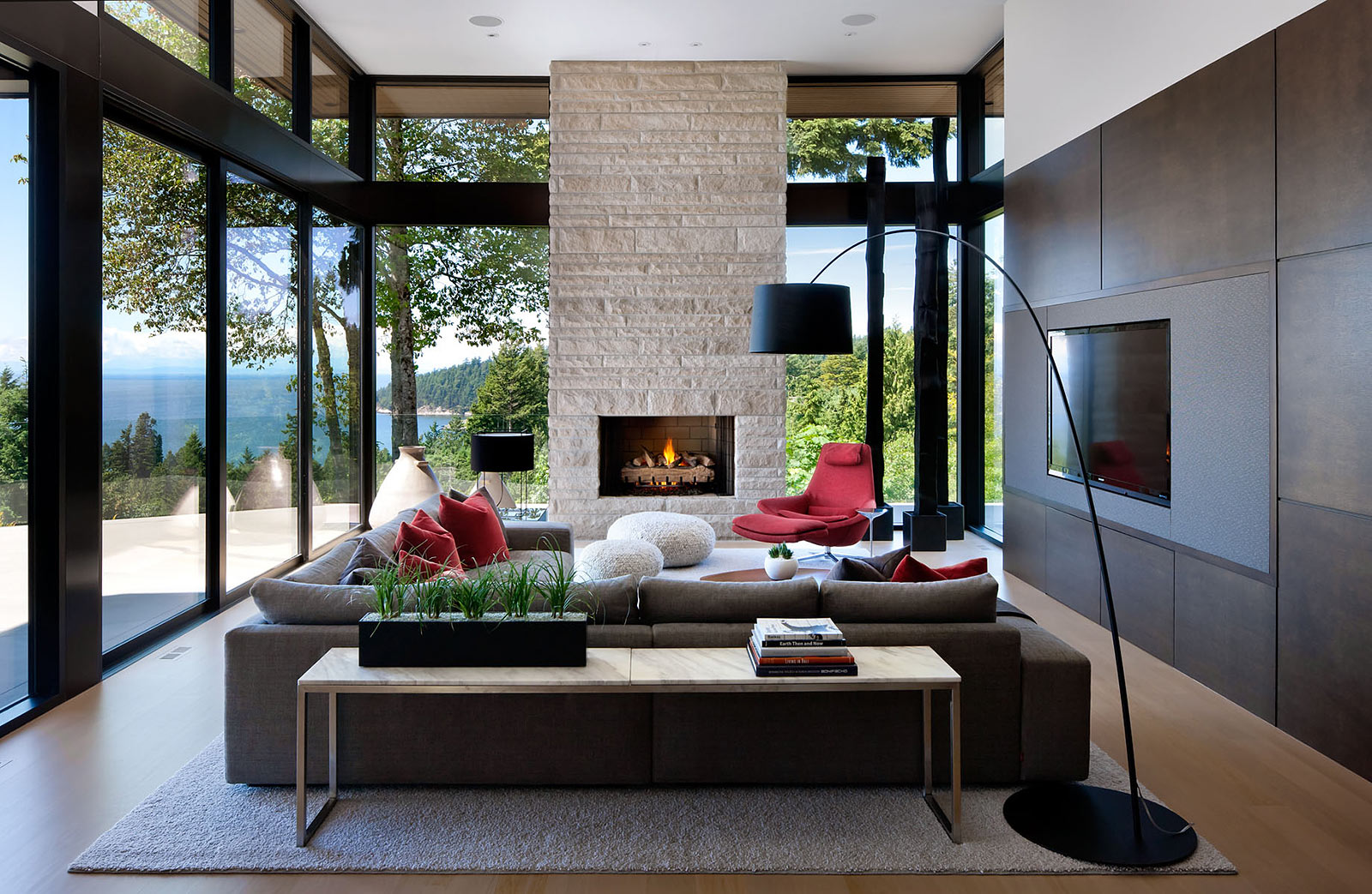





.jpg)




